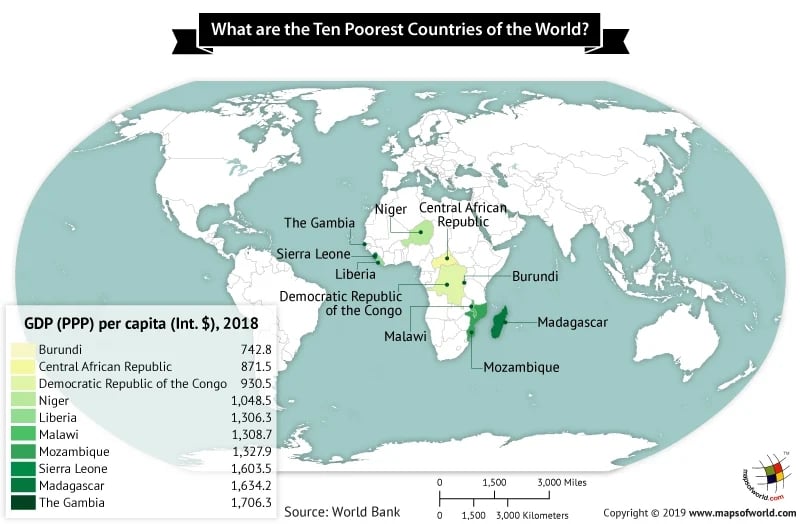0
















| Thumbs Up |
| Received: 12 Given: 1 |















| Thumbs Up |
| Received: 12 Given: 1 |

In my opinion, Argentina, Chile and Urugay













| Thumbs Up |
| Received: 12,173 Given: 7,962 |

Central-South Argentina and Chile. São Paulo and South Brazil, North Argentina and Uruguay have all Subtropical climates according to the Köppen-Geiger table, mainly Cfw and Cfa. Here in the Brazilian highlands (I am posting from a location 830m above the sea level) it is a little colder, sometimes it snows in winter, mainly in the mountains. The highest mountain in my state has 2.800 meters.
Where I live:
http://www.theapricity.com/forum/sho...aulo-SE-Brazil













| Thumbs Up |
| Received: 351 Given: 161 |

I don't think São Paulo has a climate similar to Europe. There's some hail in winter, but not snow, and the intense rains in late summer (January, February, March) show that this place is still very tropical. The high differences in temperature over a single day in winter (10 to 15 degrees, sometimes 20 to 25 degrees) also show that, I think. It's not unusual in winter to have 5 degrees celsius at night and 25-28 degrees celsius in midday. In Europe, when there are big differences in temperature in a single day, I think it's the difference between cold and colder, and not hot and cold.














| Thumbs Up |
| Received: 315 Given: 27 |

This should pretty much answer your question:
Köppen-Geiger climate classification (Europe):
South America :
Ecozones of the World after Schultz:
“A similar climate to Europe” sounds a bit weird by the way; as you can find many different climates in Europe.














| Thumbs Up |
| Received: 4,467 Given: 3,569 |

Chile and Argentina have large areas which are quite desert like, creating unique climatic conditions, unlike any part of Europe:
The Atacama desert:
Countries Chile, Peru, Bolivia, Argentina
Area 105,000 km2 (40,541 sq mi)
The Patagonian desert (~ 700,000 km2), arid and glacial at the same time (making it very hard to settle and live there:
http://en.wikipedia.org/wiki/Patagonian_DesertThe Patagonian Desert, also known as the Patagonia Desert or the Patagonian Steppe, is the largest desert in Argentina and is the 7th largest desert in the world by area, occupying 673,000 square kilometers (260,000 mi²). It is located primarily in Argentina with small parts in Chile and is bounded by the Andes, to its west, and the Atlantic Ocean to its east, in the region of Patagonia, southern Argentina.
The Patagonian Desert is the largest of the 40° parallel and is a large cold winter desert, where the temperature rarely exceeds 12°C and averages just 3°C. The region experiences about seven months of winter and five months of summer. Frost is not uncommon in the desert but, due to the very dry condition year round, snow is. The Andes, to the desert's west, are the primary reason for the Patagonian desert status as they inhibit the westerly flow of moisture from the southern Pacific from reaching inland. This creates a rain shadow that accounts for the formation of the desert and is why, despite approximately half of the desert being only about 200 miles from the ocean, such a large desert is found in the region.[2] The cold Falkland Current off the Atlantic coast of South America also contributes to the area's aridity.

Last edited by curupira; 12-11-2013 at 07:22 PM.
There are currently 1 users browsing this thread. (0 members and 1 guests)
 Россия
Россия
 Россия
Россия
 Latin America
Latin America
Bookmarks